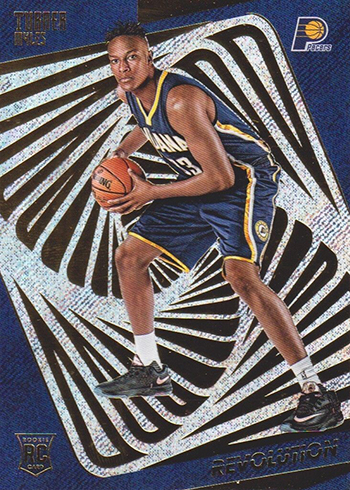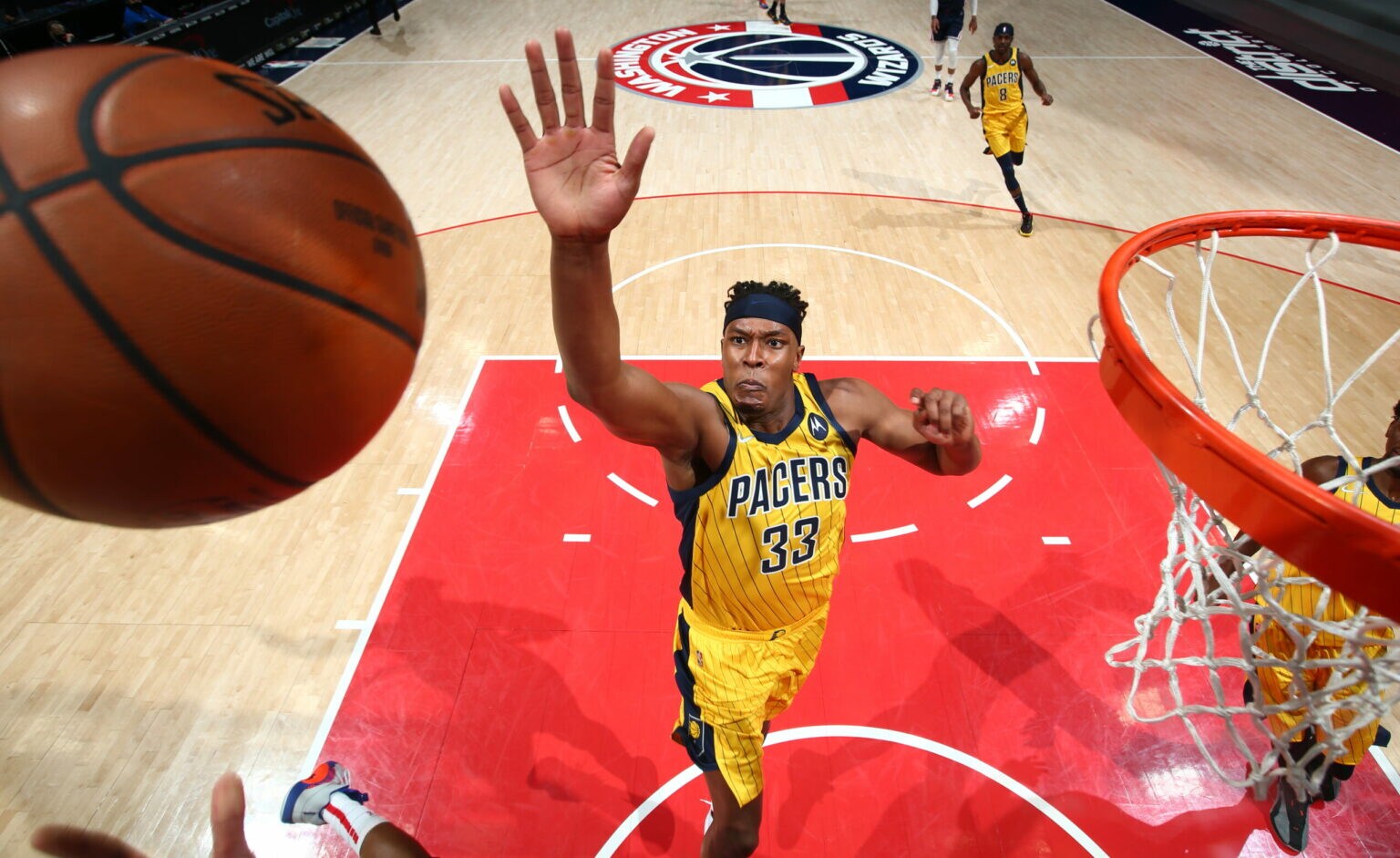The NBA has seen a significant shift in player roles and styles over the past decade, particularly for big men. Among those who have adapted beautifully to the changing landscape is Myles Turner of the Indiana Pacers. Initially celebrated for his shot-blocking prowess, Turner has developed into a versatile big man capable of impacting the game in multiple ways. This article explores Turner’s evolution, examining his early career, growth in skill set, and how he embodies the modern NBA center.
Early Career: Establishing a Defensive Identity
Myles Turner was drafted 11th overall by the Indiana Pacers in the 2015 NBA Draft, and he quickly made a name for himself as a defensive stalwart. Standing at 6 feet 11 inches with a wingspan of 7 feet 4 inches, Turner had all the physical tools necessary to become a dominant shot blocker. His rookie season showcased his defensive capabilities:
- 2.1 blocks per game
- Strong defensive rating of 103
- Second in the league for blocks among rookies
Turner’s ability to protect the rim was underscored by his impressive timing and footwork, earning him a spot on the NBA All-Rookie First Team. However, while he was making an impact defensively, his offensive game was still a work in progress.
Transitioning to Offense: A Developing Skillset

As the league began to prioritize versatility and offensive skill sets for big men, Turner recognized the need to expand his game beyond shot-blocking. The 2017-2018 season marked a turning point in his career. He started to diversify his offensive skills:
- Improved shooting percentages:
- 34.3% from three-point range
- 51.1% from the field
- Increased post moves and footwork
- Greater ability to create his own shot
These improvements allowed Turner to become more than just a defensive anchor. He started to emerge as a legitimate scoring threat, averaging over 14 points per game in the 2018-2019 season while maintaining his strong defensive numbers.
Versatility on Display: The Modern Big Man

By the 2020-2021 season, Turner had fully embraced the role of a modern big man. His versatility became evident in several ways:
- Three-Point Shooting: Turner’s three-point shooting percentage climbed to 38.8%, making him one of the most effective stretch bigs in the league.
- Defensive Versatility: His ability to switch onto smaller players while still protecting the rim made him invaluable on defense. Turner averaged 3.4 blocks per game that season, leading the league.
- Playmaking Skills: Though not traditionally known for playmaking, Turner improved his passing, averaging 1.5 assists per game, which opened up opportunities for teammates.
Turner’s evolution exemplifies how modern centers must be able to stretch the floor, protect the rim, and facilitate offense, making him an integral part of the Pacers’ system.
Statistical Impact: A Look at the Numbers

The impact of Turner’s transformation can be evidenced through various statistics, which highlight his growth as a player:
- Points Per Game: From 10.3 in his rookie season to a career-high of 18.0 in the 2020-2021 season.
- Three-Point Attempts: Increased from 1.2 attempts per game in his rookie season to over 5 attempts in recent seasons.
- Defensive Win Shares: His defensive contributions have consistently ranked him among the top centers in the league, with a peak of 4.8 in the 2020-2021 season.
These statistics not only showcase Turner’s individual growth but also illustrate the evolving role of big men in the NBA. As teams increasingly rely on spacing and shooting, players like Turner have adapted to ensure they remain relevant and effective.
Case Studies: Comparisons with Other Big Men
To further understand Turner’s evolution, it’s helpful to compare him with other modern big men who have successfully transitioned into versatile roles:
- Joel Embiid: While primarily known for his scoring and dominance in the post, Embiid has developed a reliable three-point shot, making him a dual threat.
- Deandre Ayton: Ayton’s ability to score in the post and shoot from mid-range has made him a valuable asset, similar to Turner’s growth.
- Kristaps Porziņģis: As a classic stretch big, Porziņģis exemplifies the need for big men to shoot from distance; Turner has followed suit with his own shooting improvements.
These comparisons highlight the trend in the league where versatility is key for success, and Turner stands out as a player who has embraced this change.
Challenges and Future Outlook
Despite his impressive evolution, Turner faces challenges as he continues to develop his game. Injuries have been an issue, limiting his ability to consistently stay on the court. Additionally, the Pacers have undergone changes in their roster and coaching staff, which can impact his role and usage.
Looking ahead, Turner’s future appears bright:
- Continued focus on three-point shooting could further elevate his game.
- Improving playmaking skills can enhance his effectiveness on offense.
- Staying healthy and maintaining conditioning will be crucial for his ongoing contributions.
As he further refines his skills, Turner has the potential to become one of the most well-rounded big men in the league, contributing significantly to the Pacers’ success.
Conclusion: The Transformation of Myles Turner

Myles Turner’s evolution from a shot-blocking specialist to a versatile big man is a prime example of how players can adapt to the changing dynamics of the NBA. By expanding his offensive repertoire and maintaining his defensive excellence, Turner has positioned himself as a valuable asset in today’s game. His journey also highlights the importance of versatility in a league that increasingly values multi-dimensional players. As Turner continues to grow and face new challenges, he embodies the evolution of the modern big man—one who can impact the game on both ends of the court.